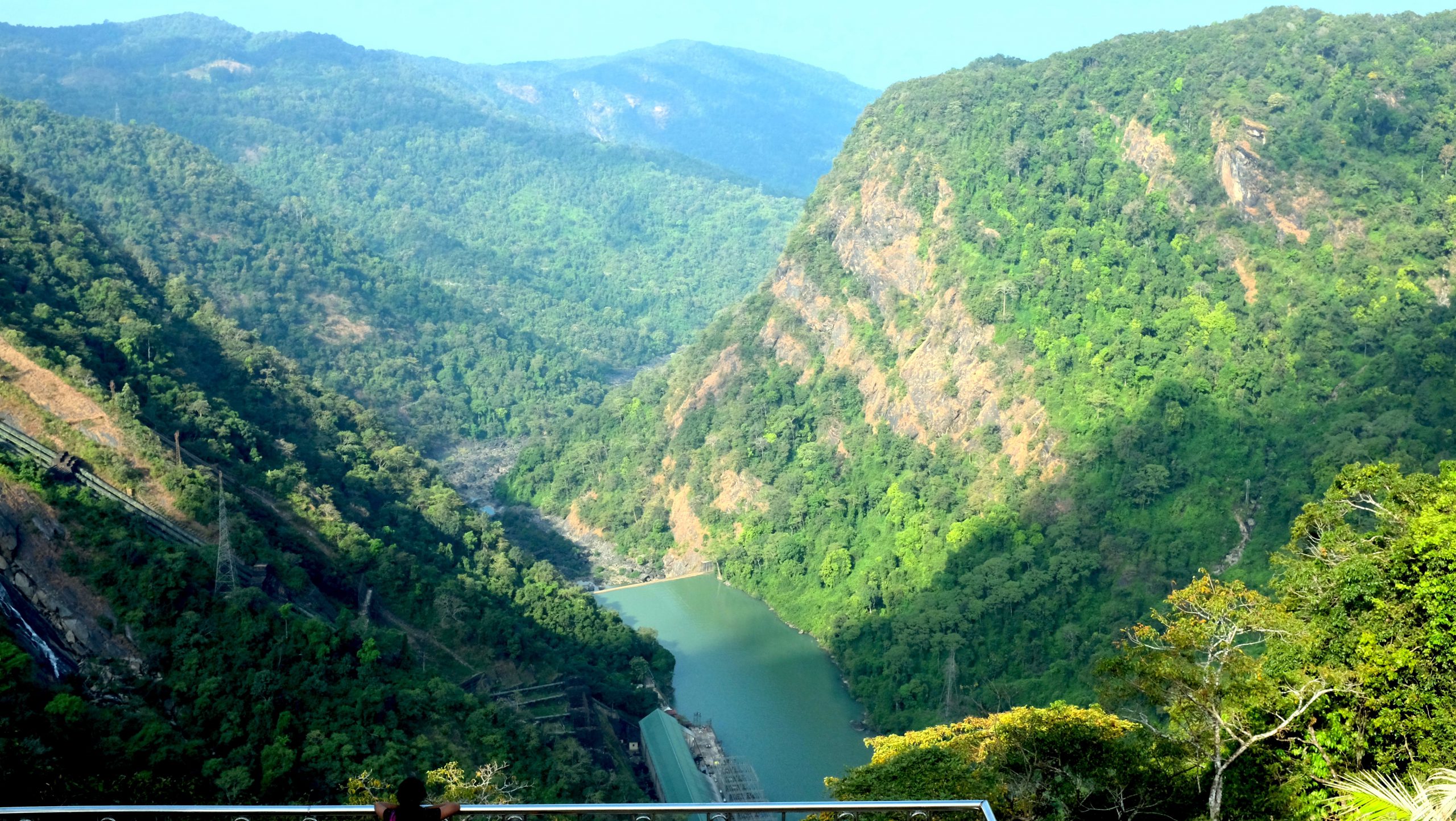Part I : The proposed new law on EIA – is it an upgrade?

Environmental laws, like any area of law, require constant iteration to stay relevant and meaningful. In recent years, this area of law has attained great importance owing to the increased awareness in relation to climate change and its impact on both short-term and long-term environmental sustainability. This has necessitated legalisation and institutionalisation of Environmental Impact Assessment (EIA) before developmental projects are undertaken especially in eco-sensitive zones.
The current legal framework in India which relates to EIA law is in the form of a Statutory Order dated September 14, 2006 promulgated under the sub-rule 3 of Rule 5 of the Environment (Protection) Rules, 1986. The objective of the 2006 notification has been spelled out as “imposing certain restrictions and prohibitions on new projects or activities, or on the expansion or modernization of existing projects or activities based on their potential environmental impacts…..being undertaken in any part of India”. Both Central and State authorities are involved in the process of appraisal and clearance of a project depending on its capacity and size.
Ostensibly, the purpose of the 2006 notification is to systematically examine both beneficial and adverse consequences of a project and ensure that these consequences are taken into account during its planning, design, construction, operations and even closure, in short throughout the life of the project. However, the notification has been under criticism, the most important being as follows:
(i) Several projects slip through the cracks either because they are not listed in Schedule I of the 2006 notification or they fall short of the required investment criteria;
(ii) Inadequate capacity and capability of the EIA approval authorities – lack of required workforce as well as expertise on the panels;
(iii) Deficiencies in the screening and scoping processes due to (ii);
(iv) Inadequate public participation – some projects are exempt from the mandatory public hearing process, due respect is not given to the indigenous knowledge of local people, public hearing takes place at a belated stage thereby delaying the entire clearance process or resulting in hasty approval at the expense of genuine objections, etc.
(v) Poor quality of EIA reports, lax monitoring, lack of transparency and corruption.
The Re-draft EIA 2020
Presumably, to address these drawbacks and inadequacies, on March 12, 2020, the Ministry of Environment, Forests and Climate Change (MoEFCC) has proposed a Re-draft EIA notification 2020 to replace the 2006 notification. The same has been put in the public domain for comments and suggestions from all stakeholders and the public in general. The proposed Draft notification (hereafter ‘the Draft’) seeks to amalgamate all the amendments made to the 2006 notification and the directions and suggestions made by Courts and the National Green Tribunal (NGT). The Draft also claims to be an attempt of the Central government to “make the process more transparent and expedient through the implementation of online system, further delegations, rationalization, standardization of the process, etc”. This article examines some of the proposed changes to assess whether they strengthen the process of EIA or undermine the same.
New Definitions
The Draft proposes a definition clause absence of which in the 2006 notification may have been an issue while interpreting the law, but it appears that the new definitions inexplicably lack the sweep and the breadth to tackle a host of reasonably conceivable situations, as explained below:
(i) Under the new definition of ‘Assessment Consultant Organisation’, only organisations accredited by the agency of the Government (NABET/QCI/others) may be appointed as ACO. The said definition excludes individual consultants;
(ii) ‘Eco-sensitive Areas/Zones’ are now limited to only those which have been notified by the MoEFCC leaving out all the unmapped zones and areas that are not notified but may be under protection of other laws (like CRZs, island CRZs, areas protected under Indian Forest Act, etc);
(iii) The definition proposed for the term ‘Project’ is merely a “project or an activity” leaving it to the interpretation of authorities and Courts;
(iv) ‘Study Area’ for a project’s assessment has been limited to 5-10 km of aerial distance from the boundaries of the project site falling under Category A or B. Limiting the study area with a ceiling is restrictive and defeats the spirit of an EIA. Instead, it should define a minimum area of study of 5-10 Km which is capable of being expanded depending on the nature of the project and the surrounding environment;
(v) An incomplete definition for the term ‘violation’ – Under this proposed definition, violation of the terms and conditions of an environmental clearance do not constitute ‘violation’ but only an irregularity which will not affect the continuation of the Project.
The above-proposed definitions are indicative of deeper problems with the Draft, which shall be examined further in the next piece.







